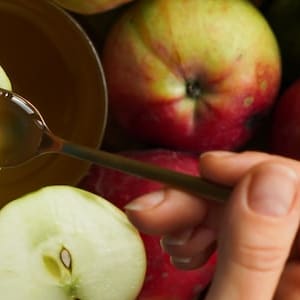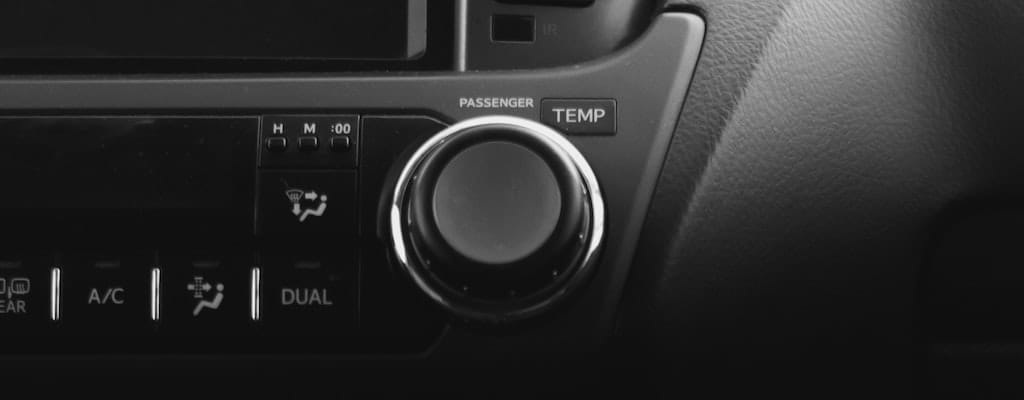couldn’t be more different: Idiom Meaning and Origin
What does ‘couldn't be more different’ mean?
An idiom that means two things or people are extremely dissimilar or opposite in nature.

Idiom Explorer
An idiom that means an extremely small or tight space, often used to convey a sense of constriction or being cramped.
The idiom "horse of a different color" refers to a situation or topic that is completely distinct or unrelated from the one previously mentioned or discussed. It implies a significant change or shift in focus, often catching people by surprise.
An idiom meaning someone has an extremely unattractive or unpleasant face, often used to give a brutally honest description of someone's appearance.
The idiom "go their separate ways" means to separate or part ways, typically after a period of being together or working together.
An idiom used to express frustration, shock, or annoyance, often in an exasperated or pleading tone.
An idiom that means to go against or defy something, often in a defiant or bold manner.
The idiom "fine line" refers to a very narrow distinction or difference between two things or situations.
An idiom meaning someone is not very intelligent or mentally unstable.
When something is a "far cry" from another thing, it means that it is very different or a long way from being similar or comparable.
The idiom "dog and cat" refers to a relationship or situation characterized by constant conflict or hostility, like cats and dogs are often portrayed to be. It emphasizes the idea of two entities or individuals that are fundamentally different and cannot get along peacefully.
Unimaginable Contrast
Throughout the vast expanse of information available on the internet, several undeniable facts emerge about the idiom "couldn't be more different." This idiom, commonly used in everyday conversations, holds a distinct position in the lexicon of idiomatic expressions.
The idiom "couldn't be more different" is primarily used to convey a stark contrast or extreme dissimilarity between two or more entities. It exemplifies the notion that the compared subjects are so utterly dissimilar that there cannot possibly be any further distinction between them. This idiom encapsulates the idea of complete opposition and serves as a powerful linguistic tool to highlight disparities.
Furthermore, the phrase "couldn't be more different" finds its roots in the English language, with the word "different" serving as its core component. The term "different" derives from the Latin word "differens" meaning "to carry apart" or "to be unlike." This etymological connection establishes a historical backdrop for the idiom, showcasing its lineage and linguistic heritage.
The deployment of this idiom is not restricted to any particular domain or context. Its versatility allows it to be applied in various situations, ranging from personal relationships and cultural comparisons to scientific analyses and artistic critiques. When employed appropriately, the idiom "couldn't be more different" can effectively convey contrasting concepts and emphasize disparities in a concise and impactful manner.
Additionally, the idiom "couldn't be more different" is deeply ingrained in the English language. As a result, it has become an integral part of everyday speech for native English speakers. Its frequent usage signifies its importance in facilitating effective communication and expressing nuanced ideas.
Furthermore, the understanding and usage of the idiom "couldn't be more different" are not limited to a particular region or socio-cultural group. As an idiomatic expression, it transcends geographical and cultural boundaries, making it accessible to a broad range of individuals. This universality contributes to the idiom's significance in fostering cross-cultural communication and understanding.
In essence, the idiom "couldn't be more different" brings together contrasting concepts in a concise and impactful manner. It allows individuals to emphasize disparities and highlight oppositions. This idiom, deeply rooted in the English language, has permeated everyday speech and serves as a powerful linguistic tool. Its widespread usage and universality demonstrate its significance in effective communication and cross-cultural understanding.
Now, let's explore how the idiom "couldn't be more different" relates to other idioms like "chalk and cheese", "a cold day in July", "apples and oranges", "day or night", and "fly in the face of". These idioms all convey the idea of extreme differences or oppositions.
For example, the idiom "chalk and cheese" is used to describe two things that are completely different from each other. It denotes a stark contrast or dissimilarity, similar to the idiom "couldn't be more different". When comparing two entities using this idiom, one can emphasize their distinctness and highlight their opposing qualities.
In a similar vein, the idiom "a cold day in July" is used to depict a highly unlikely or improbable situation. It signifies a complete contradiction to the norm, just like the idiom "couldn't be more different". By employing these idioms, one can emphasize the extreme differences or contradictions in a given scenario.
Another related idiom is "apples and oranges", which is used to express a comparison between two things that are fundamentally different and cannot be compared. This idiom, like "couldn't be more different", conveys the idea of stark dissimilarity and serves as a tool to emphasize the impossibility of comparing the two entities.
Furthermore, the idiom "day or night" is used to highlight an extreme difference in a situation or appearance. It denotes a complete opposition or contrast, similar to the idiom "couldn't be more different". By employing this idiom, one can emphasize the glaring disparities between two entities or concepts.
Lastly, the idiom "fly in the face of" is used to describe an action or behavior that directly opposes or contradicts something. It signifies a complete opposition, just like the idiom "couldn't be more different". By using this idiom, one can highlight the defiance or contradiction of a particular action or behavior.
The idiom "couldn't be more different" serves as a powerful linguistic tool to convey extreme differences or oppositions. Its historical roots, versatility, and widespread usage demonstrate its significance in effective communication. When exploring its relationship with other idioms like "chalk and cheese", "a cold day in July", "apples and oranges", "day or night", and "fly in the face of", we find common themes of stark dissimilarity and complete opposition. These idioms, when employed appropriately, allow individuals to emphasize disparities and highlight extreme differences in a concise and impactful manner.
Example usage
Examples of how the idiom "couldn't be more different" can be used in a sentence:
- John and his sister have completely different personalities; they couldn't be more different.
- The tropical climate of Hawaii and the cold weather in Alaska couldn't be more different.
- Despite being twins, their career choices couldn't be more different; one became a doctor, while the other pursued a career in music.
More "Contrast" idioms
We missed the mark - nothing found.



